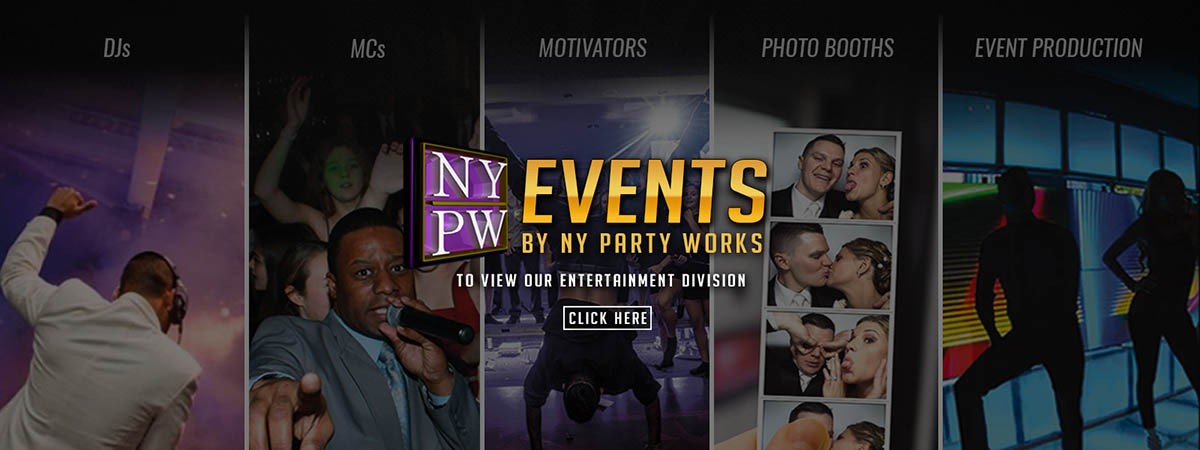One of the key significant benefits of LED display screens is their brightness. LED technology produces vibrant and radiant pictures that can be readily seen in multiple lighting environments. Unlike traditional projectors, which can have difficulty in brightly lit settings, LED display screens maintain their sharpness and color precision even in bright rooms. This makes them perfect for outdoor events or places with big windows. The high luminosity levels ensure that the material displayed is consistently visible, making it simpler for audiences to engage with the data being presented.
In addition to luminosity, LED display walls provide enhanced visual quality. They offer higher definition and better color rendering compared to conventional projection technologies. This means that images and footage displayed on an LED wall appear crisper and more detailed. The dot concentration of LED screens allows for close observation without losing clarity, which is especially crucial in environments like trade shows or conferences where viewers may be nearby to the screen. Furthermore, Light Emitting Diode technology can produce deeper dark tones and more intense colors, enhancing the overall aesthetic experience.
Versatility is another key benefit of LED video walls. These technologies can be configured in various dimensions and shapes to fit varied spaces and design needs. Unlike traditional projection systems, which require a specific spacing from the screen to operate correctly, Light Emitting Diode display screens can be installed in a variety of settings. They can be bent, arranged, or even used in creative layouts to create distinct display exhibits. This flexibility allows organizations to customize their display exhibits to suit their particular needs, making Light Emitting Diode display screens a versatile choice for any setting.
Maintenance is also a crucial consideration when contrasting Light Emitting Diode video screens to traditional projection systems. Light Emitting Diode displays generally require less maintenance over the years. Conventional projectors often need bulb changes and routine cleaning to maintain optimal performance. In contrast, LED tech has a greater lifespan and does not require frequent changes. This lowers look at this now inactivity and upkeep expenses, making LED video walls a more cost-effective option in the long-term future. Companies can concentrate on their displays rather than worrying about the maintenance of their visual technologies.

Lastly, energy efficiency is an important consideration for many organizations. Light Emitting Diode video walls consume less power compared to traditional projection systems, which can lead to significant savings on energy costs. This is particularly advantageous for companies and locations that use screens for extended periods. Additionally, the lower power consumption of LED tech contributes to a lowered ecological footprint, making it a more eco-friendly choice. By choosing LED video walls, companies can benefit from premium display screens while also being mindful of their energy use and environmental footprint.
In conclusion, LED video walls offer many benefits over conventional projector systems. Their brightness, image clarity, adaptability, minimal upkeep needs, and power conservation make them an excellent choice for contemporary display screens. As technology continues to advance, LED video screens are likely to grow even more common in various settings, providing organizations with the tools they require to efficiently communicate and engage with their viewers.